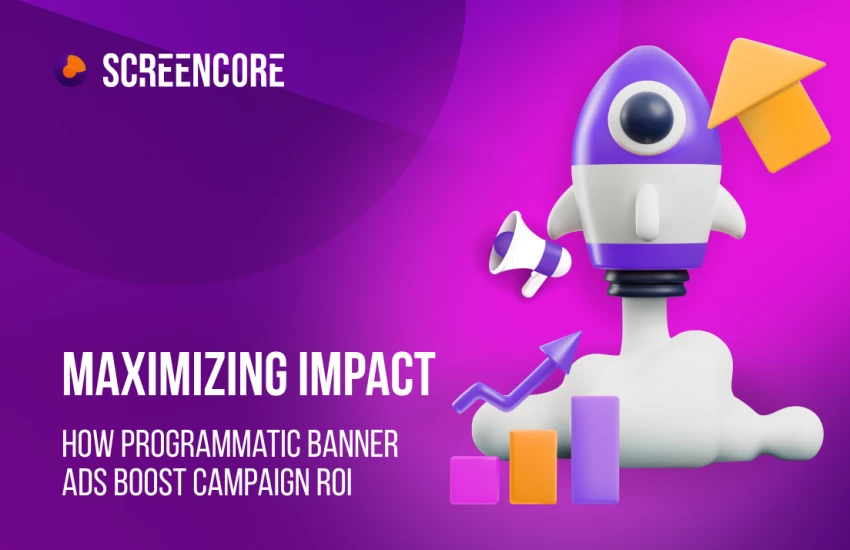A Quick Guide To Interstitial Banners
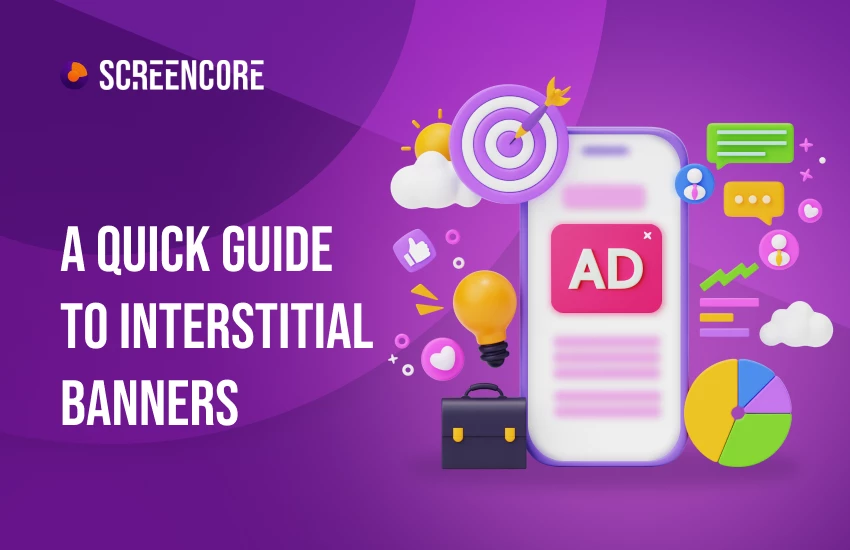
Interstitial ads are so popular among publishers and advertisers. These advertisements integrate naturally into the customer experience while keeping the interface separate from the promotional content. The majority like this type of ad for their larger canvas for advertising messages compared to banners. They are often placed at natural transition points within a mobile app, increasing the chances that a user will see the ad. Interstitial ads integrate naturally into the customer experience while keeping the interface separate from the promotional content.
In this guide, you will find what are interstitial ads, their benefits, and the best examples of them.
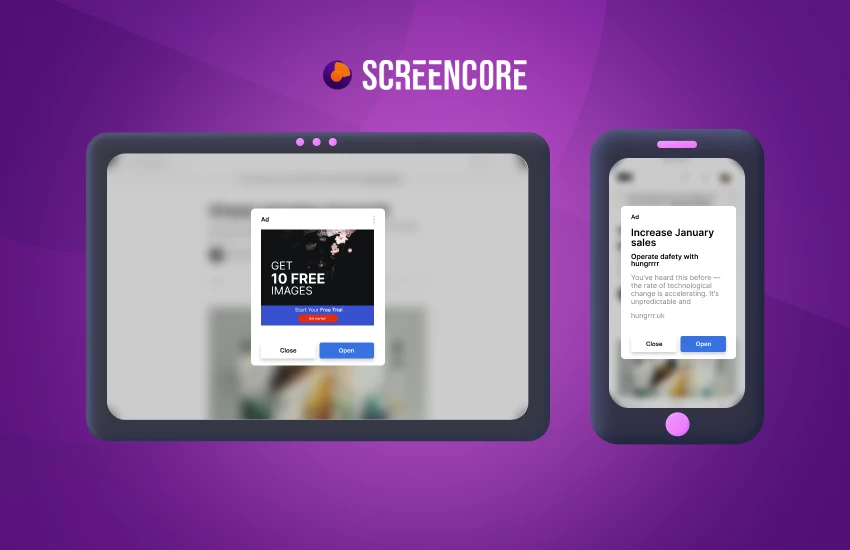
What Are Interstitial Banners
Interstitial ads are a type of online advertising format that appears between two content pages or screens, usually during transitions or natural breaks. In other words, it’s a type of interactive ad that is placed amidst or between content so as to capture the attention of the user.
If you’ve ever entered a website only to be greeted with a full-page pop-up advertisement, you’ve encountered an interstitial ad. These ads cover the entire screen or a significant portion of it, providing a more immersive and attention-grabbing experience compared to traditional banner ads.
This type of ad can be displayed on various platforms, including websites, mobile apps, and games.
There are generally two types of interstitial ad formats: image and landing page ads. Image interstitial ads typically consist of a full-screen static or animated image that covers the entire screen. They can be effective in conveying a message or promoting a product through eye-catching visuals. Landing page ads are online advertisements that are specifically designed to direct users to a landing page when clicked. The most prominent benefit of interstitial landing page ads is the ability to use the landing page link as a creative. So this is a great alternative to popunders. A link to the site is all you need to get started. Users can interact with the landing page without redirecting to the website.
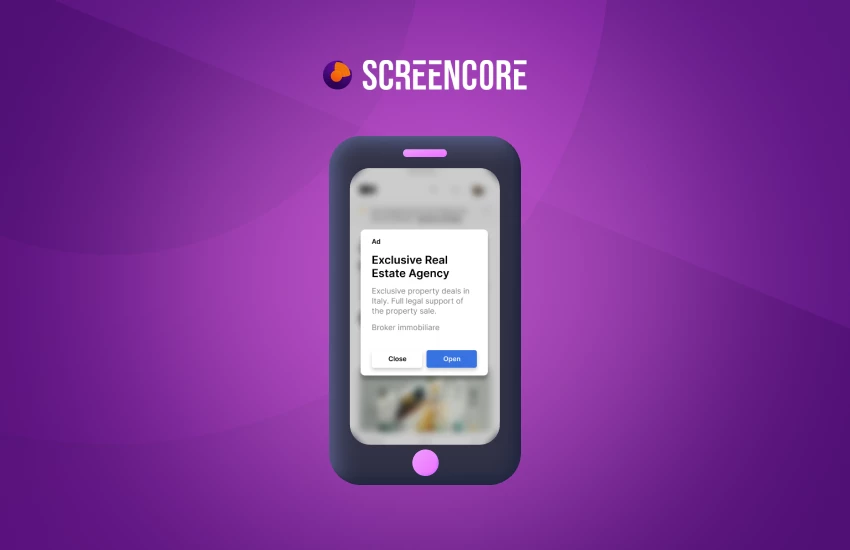
Interstitial ads have a few extra formats such as video interstitial ads, rich media ads, app install interstitial ads and countdown ads.
Video interstitial ads display a full-screen video that plays automatically or upon user interaction. Video interstitials can be highly engaging and are often used to showcase product demonstrations, brand stories, or promotional videos.
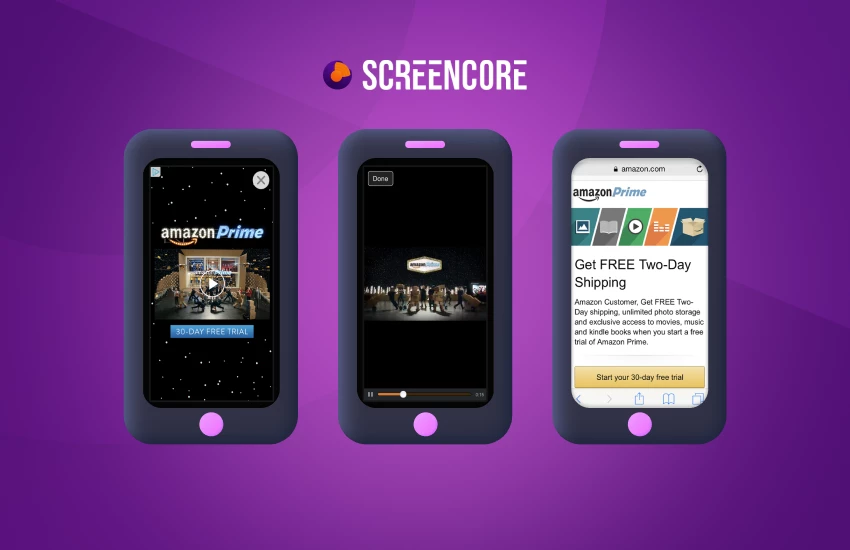
Rich media interstitials incorporate interactive elements such as slideshows, carousels, or mini-games to engage users. These ads offer a more immersive experience and can be effective in capturing and retaining user attention.
App install interstitial ads are commonly seen in mobile apps and are designed to encourage users to install a specific app. They typically appear when a user reaches a certain point or completes a specific action within an app, enticing them to download a related app.
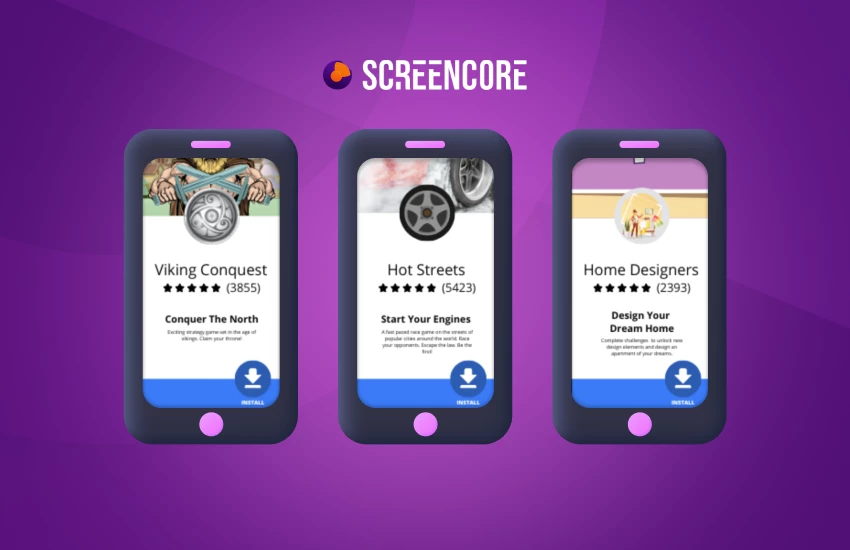
Countdown ads feature a countdown timer that builds anticipation and urgency. They can be used to promote limited-time offers, flash sales, or time-bound events.
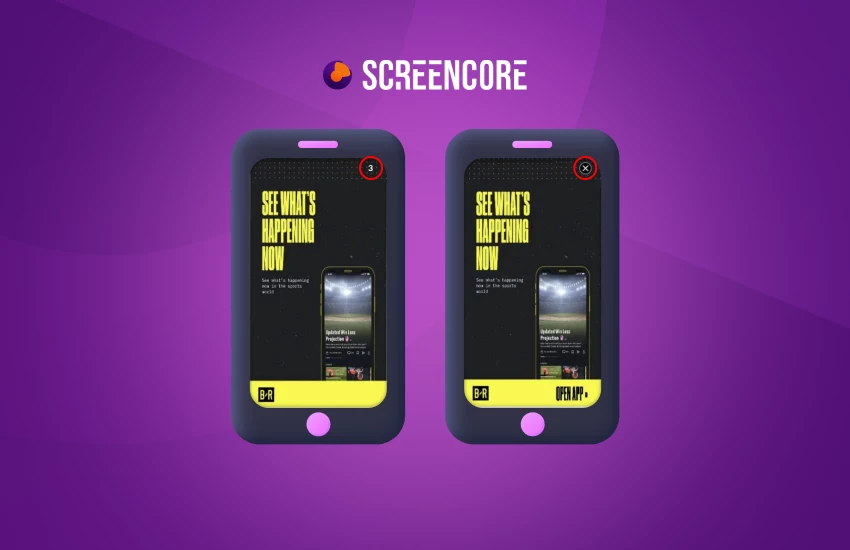
What Are Pros And Cons Of Using Interstitial Banners
Interstitial ads generate exponentially higher revenue than regular display banner ads. This is the main advantage of using this type of ad. A recent study conducted by monetization experts of 50 publishers found that the eCPM of interstitial ads was 4,000% higher than traditional banner ads.
There are several primary reasons for this drastic increase in eCPM:
1. Interstitial ads cover the entire screen or a significant portion of it, maximizing their visibility and capturing users' attention. This larger ad space increases the likelihood of users noticing and engaging with the ad, leading to higher brand visibility and message recall.
2. The immersive nature of interstitial ads, with their visually appealing and interactive elements, can significantly enhance user engagement. By presenting compelling visuals, videos, or interactive features, interstitial ads have the potential to captivate users and drive higher levels of interaction and interest.
3. Due to their prominent placement and engaging nature, interstitial ads have the potential to drive higher conversion rates. By delivering a targeted message to users at critical moments in their browsing or app usage journey, interstitial ads can effectively prompt users to take desired actions, such as making a purchase, signing up for a service, or downloading an app.
4. Interstitial ads provide advertisers with an opportunity to create a strong brand impact by delivering a visually rich and immersive experience. By using compelling visuals, brand elements, and storytelling techniques, interstitial ads can reinforce brand awareness, showcase product features, and leave a lasting impression on users.
5. Interstitial ads offer flexibility in terms of ad formats. Advertisers can choose to use static images, animated graphics, videos, or even interactive elements to deliver their message. This adaptability allows for creative experimentation and tailoring the ad format to best suit the campaign objectives.
6. Most ad networks provide robust analytics and tracking tools to measure the performance of interstitial ads. Advertisers can gain insights into metrics such as click-through rates, conversions, engagement levels, and user behavior. This data-driven approach enables advertisers to evaluate the effectiveness of their campaigns and make informed decisions for optimization.
Unfortunately, every type of advertising has some disadvantages. Interstitial ads may be intrusive by design and prevent users from getting to their desired page. This has a negative effect on user experience which can result in lower traffic.
Due to the size of interstitial ads, they can affect the page load time which negatively impacts SEO. Google also has strict guidelines for interstitial ads, particularly on mobile devices, and publishers need to be careful to adhere to all the rules or face a penalty.
Where To Start With Interstitial Ads
So how can you begin to put interstitial ads into practice? First of all, it makes sense to start by determining what you want to achieve with your interstitial ads.
You can also follow next steps:
- Choose an ad network or platform. Select an advertising network or platform that supports interstitial ads. Popular options include Google Ads, Facebook Ads, AdMob, Unity Ads, and MoPub. Consider factors such as audience reach, targeting options, pricing, and ad formats offered.
- Design your interstitial ads. Create visually appealing and engaging ads that align with your brand and message.
- Set targeting parameters. Define your target audience based on demographics, interests, behavior, or other relevant criteria provided by the ad network. This ensures that your interstitial ads are shown to the right people who are more likely to be interested in your offering.
- Determine ad placement and frequency. Consider where and how frequently you want your interstitial ads to appear. Determine suitable moments during user interactions, such as after completing a level in a game, transitioning between app screens, or between content pages on a website. Strive for a balance between exposure and user experience to avoid excessive interruptions.
- Track the performance of your interstitial ads using the ad network's analytics tools or third-party tracking solutions. Monitor metrics like click-through rates, conversion rates, engagement, and user feedback. Use the insights gained to optimize your ads, refine targeting, and improve the overall effectiveness of your campaigns.
With Screencore support, you can launch your campaigns with ease and begin to experience greater success than ever before.
